[ad_1]
Pests assault weak bean crops after they’re hungry. A healthful, biodiverse yard protects itself from these bugs. When gardens are wealthy with crops and animals, pest predators, fungi, and micro organism work to bolster your crops’ illness and pest resistance.
Along with compost, avoiding chemical sprays, and utilizing pure gardening strategies are three straightforward methods to improve biodiversity. Along with new perennial and annual species furthermore helps—additional crops present additional flowers, inviting insect predators like ladybugs, wasps, and pirate bugs. It furthermore helps to plant many types of beans to extend range and resilience on the genetic stage.
Prevention is the correct methodology for holding sap-sucking bugs out of your yard. They’ll shortly eat your crops and multiply as shortly as they uncover their means onto your beans. These pure elimination methods will banish them so that they don’t return, holding your harvest secure.
We’ll cowl easy methods to arrange every pest ahead of discovering the correct prevention and elimination strategies. With out additional ado, these are seven widespread bean pests to hunt for this season.
Bean Leaf Beetle
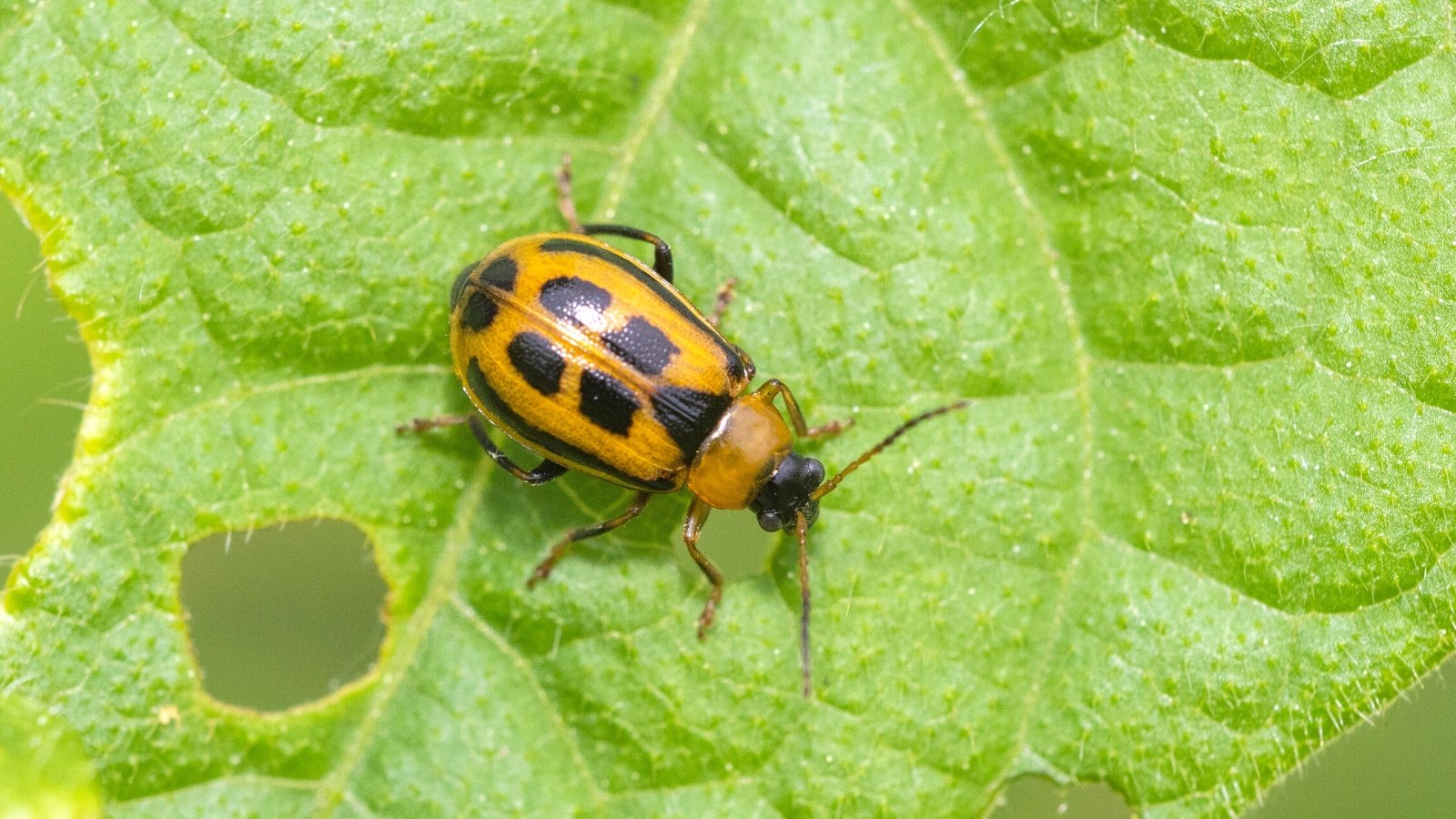

Bean leaf beetles get their names from being voracious leaf eaters. They’re most damaging as adults. The beetles eat youthful plant and pod tissue, eradicating new progress ahead of they kind flowers and beans. They’re commonest all through the southeastern U.S. in clay soils from spring to summer season season.
The larvae aren’t as damaging, though they may eat tender roots whereas they kind. These leaf beetles are major vectors of bean pod mottle and mosaic viruses that kill beans. Protect these beetles away, and as well as you’ll preserve these diseases out of your yard.
Bean leaf beetle adults are smaller than 1 / 4 inch extended, with numerous patterns and hues on their backs. Most have black spots on yellow-reddish to brown-colored wing covers. They’ve a black triangle under their head that distinguishes them from fully totally different patterned beetles. The larvae seem to be small white worms with brown ends. You obtained’t see them above floor. They’ve six transient legs on their entrance finish.
This pest thrives beneath heat temperatures and is comparatively dormant all by means of fall and early spring. Develop early maturing bean varieties all by means of these seasons for damage-free leaves and pods. Late plantings are furthermore a deterrent, as any overwintered beetles change on ahead of beans start rising. Bean leaf beetles overwinter in plant residue, so eradicating leftover crops in autumn retains them from returning in spring.
Kick these beetles out of your yard by spraying them with robust streams of water from a hose or handheld sprayer. Repeatedly knock them off your crops till their populations decline. The wasp Pediobius foveolatus is a predatory insect that eats them, working onerous so that you just don’t should. They’ll assault larvae and pupa, killing the beetles ahead of they may hurt your crops.
Mexican Bean Beetle
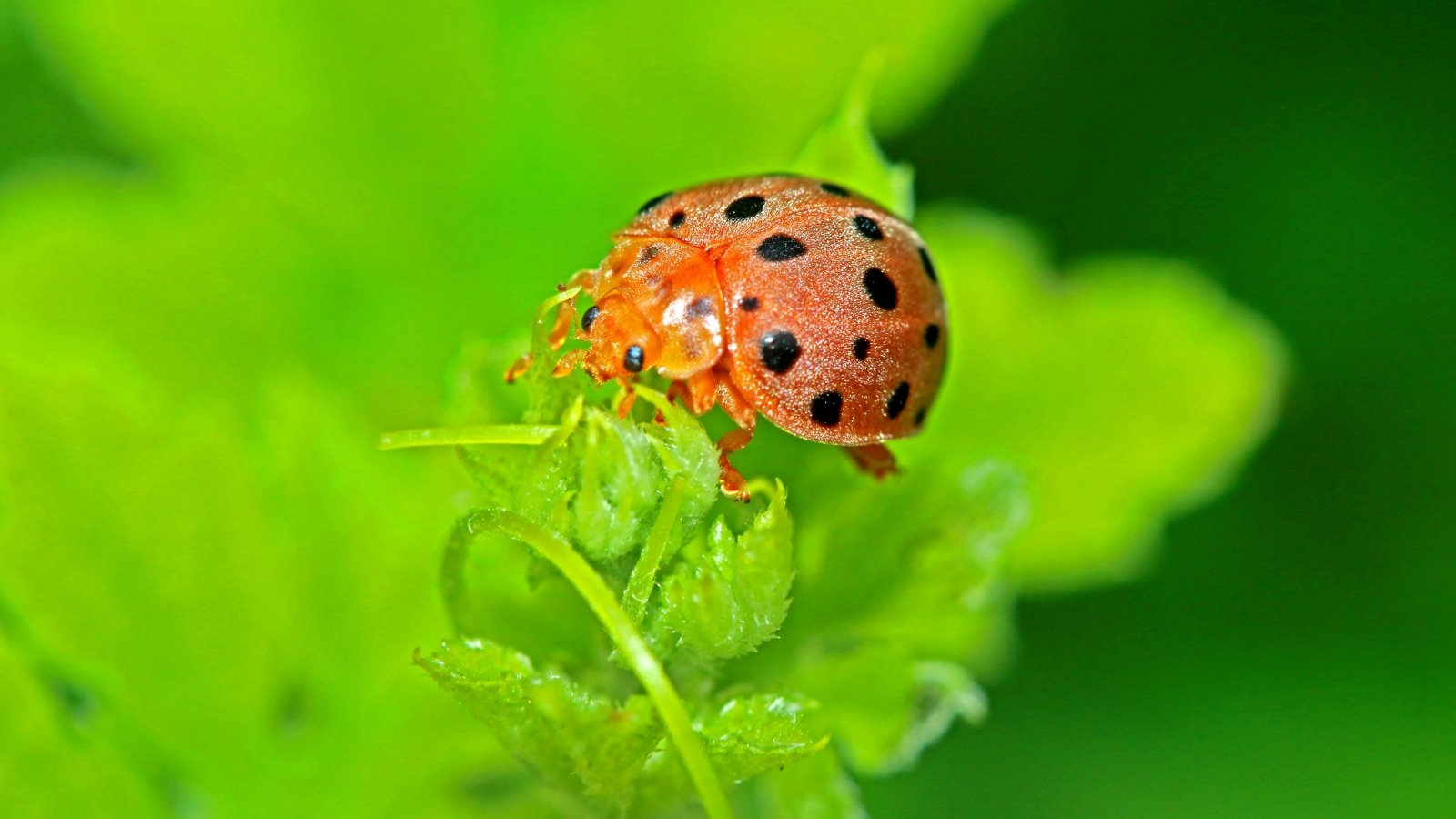

Mexican bean beetles behave equally to bean leaf beetles, and prevention and elimination methods for the 2 are related. These beetles are additional aggressive, creating three to 4 generations in a single rising season!
Frequent all by the use of the U.S. aside from on the West Coast, Mexican bean beetles are a important pest that damages agricultural and yard crops. Use prevention methods yearly to maintain up them at bay, and encourage pure predatory bugs to return once more by bolstering your yard’s biodiversity.
Mexican bean beetles are bigger than bean leaf beetles, spanning from two to three-eighths of an inch extended. They resemble ladybugs however with a darkish orange shade. Their black spots kind three symmetrical rows all by means of their wing covers.
Protect these beetles out of your yard by planting resilient bean varieties like ‘Wade,’ ‘Logan,’ and ‘Black Valentine.’ Early maturing varieties furthermore mature pest-free, because of the beans kind ahead of the beetles get up in spring. Develop this crop all through the autumn with early maturing varieties for an extra, pest-free harvest. On the season’s finish, take away bean plant residue out of your yard to stop beetles from overwintering.
As shortly as they organize themselves these beetles are strong to take away. They lay orange-yellow eggs in clusters on leaf undersides, which you’ll smush, wash, or prune off. The predatory wasp Pediobius foveolatus assaults beetle larvae, offering an extra layer of security. In case you see quite a few larvae and adults in your beans, hose them off with robust streams of water day by day.
Yard Fleahopper
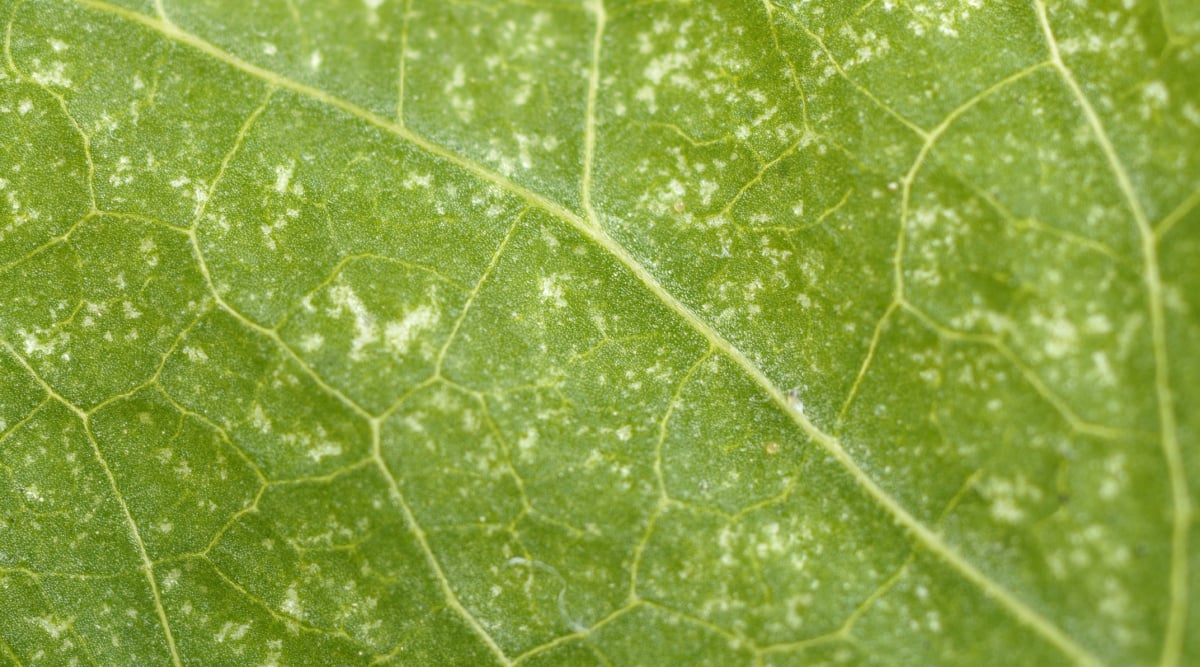

Yard fleahoppers are native insect pests that thrive all through the jap U.S. up by the use of Canada. Though they’re an space species, they set off important injury to foliage all by the use of the nice and comfy months. They hop away on the first sight of hazard, giving them their title “fleahopper.”
Massive populations suck sap from bean leaves, weakening full crops. The weak leaves lastly wither and die, lowering how relatively rather a lot photosynthesis your beans can carry out. Fortunately, yard fleahoppers are native bugs, which implies they’ve an excessive amount of widespread predators that hunt them. Invite them to your yard with wildflowers, shrubs, and flowering timber.
Yard fleahoppers are tiny black hopping bugs. The male hoppers are slender and skinny, whereas the females are giant with transient or extended wings. They every have elongated hind legs that give them a elevate after they soar. The nymphs, or youthful adults, resemble adults however are inexperienced or yellow. Grownup fleahoppers in no way develop bigger than a sixteenth of an inch extended.
Many North American parasitic wasps prey on yard fleahoppers. In case you see wasps in your yard, don’t injury them! They won’t sting, and likelihood is you will encourage them to stick with plantings, or depart them be. Additional discourage fleahoppers by rising robust, healthful crops with thick layers of compost over their roots. These prevention methods furthermore work for the same pest, the potato leafhopper.
In case you see yard fleahoppers, it’s most attention-grabbing to depart them be apart from they’re excessively harming your crops. Spraying pesticides harms parasitic wasps that prey on these pests. In case you could spray, use an pure one like neem oil, water, and insecticidal cleaning cleansing cleaning soap. Apply it all through the morning or afternoon whereas pollinators are dormant. A light-weight-weight mist is rather a lot.
Aphid
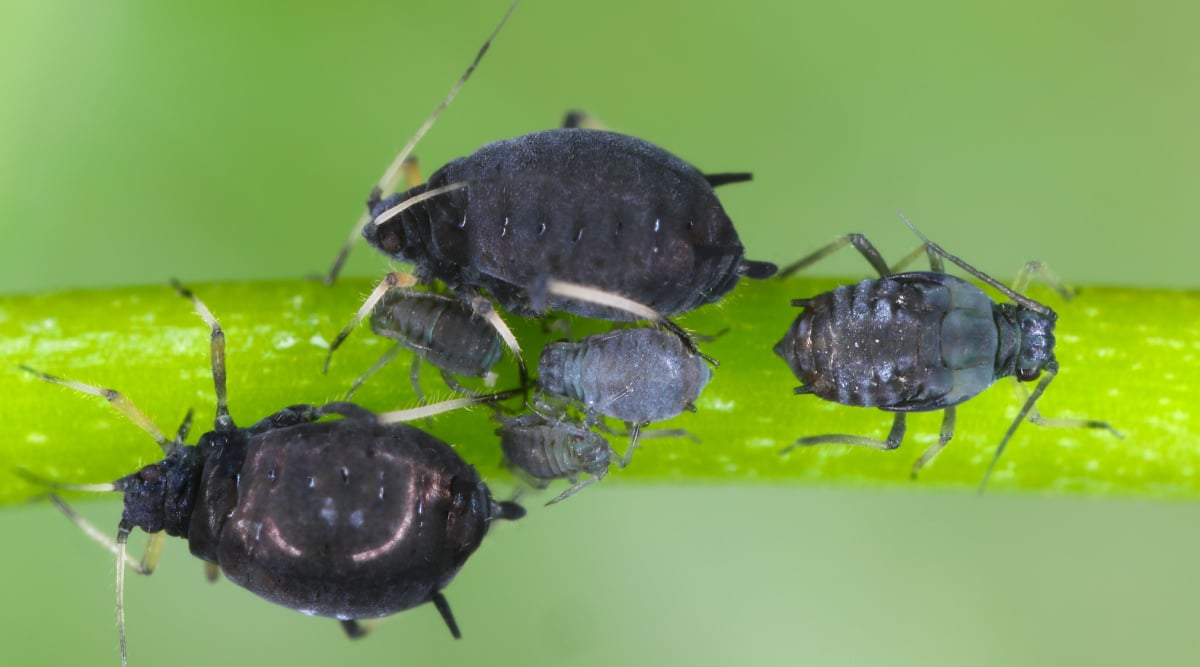

Aphids assault most decorative species and our useful crops! They’re small, soft-bodied bugs with piercing mouth components. A single aphid isn’t a problem, however tons of of them are. They shortly reproduce when totally glad due to youthful aphids hatch with prepared embryos that provide just a few days later. They create two generations for the price of 1!
Aphids injury your legume crops by consuming leaves, stems, and flower buds. Chances are you’ll uncover quite a few ants spherical infestations, as they farm these pests to reap the nectar-like excretions they make.
Many aphid species exist with totally fully totally different colours and markings. Most are spherical an eighth of an inch extended with almond-shaped fleshy our our our bodies. Bean aphids are black bodied bugs. They’re usually squishy. In heavy infestations, you’ll uncover winged, small aphids and wingless wide-bodied ones. They tend to congregate on bean leaf stems and leaf undersides. Search for congregations of black bugs when scouting for bean aphids.
Stop aphids by planting quite a few fairly a couple of plant species. They’ll cowl the soil and protect moisture whereas their flowers invite pollinators and predatory bugs to the position. Mounted water moisture retains your crops turgid and extremely efficient, stopping aphids from puncturing them. Apply thick layers of compost yearly and as well as you’ll additional bolster bean defenses. Don’t overfertilize. It’ll improve plant sugars, attracting aphids.
Take away aphids with the robust hose stream trick. Merely spray water on them till they fall off your beans. With day by day sprayings, aphid populations shortly decline and disappear. Ladybugs, wasps, and lacewings are their pure predators, so enhance your yard’s biodiversity to ask additional of them in.
Corn Earworm
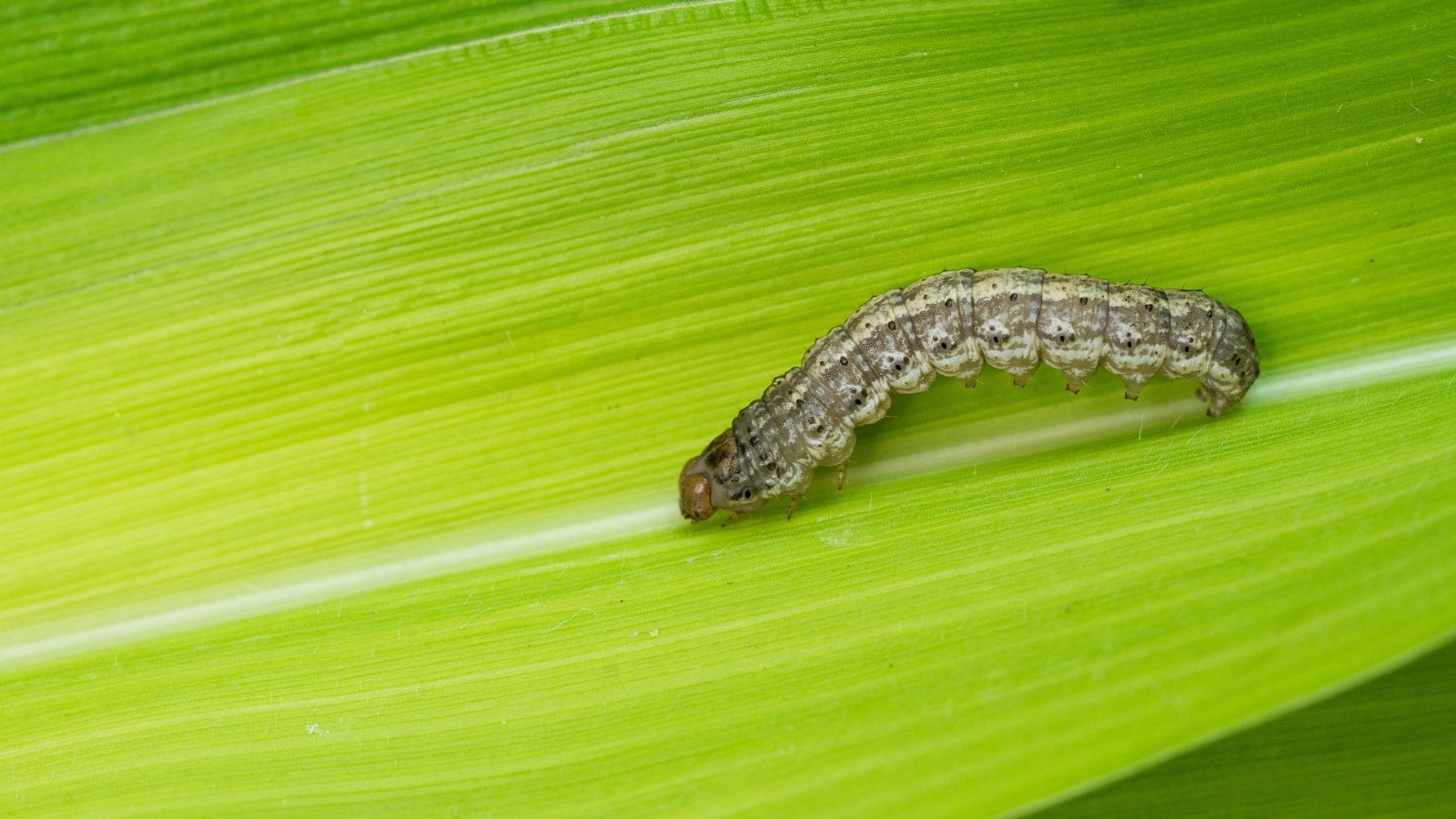

Corn earworms are nasty little larvae that tunnel into youthful bean pods. They hold in them, damaging beans by consuming them and excreting waste into the pods. You’ll uncover small tunneling holes in your bean pods which have black or brown excrement popping out of them.
Corn earworms are furthermore usually often called tomato fruitworm due to they assault fully totally different crops like corn, peppers, and eggplant. You’ll uncover the larvae and brown moths fluttering spherical crops at evening from midsummer onwards.
Corn earworms are worm-like larvae with segments, and so they additionally differ in shade relying on their present life cycle stage. Youthful earworms are delicate yellow or brown, maturing to a creamy yellow-green shade. Mature larvae are brown or black with a single darkish line down their bottom. Grownup moths are fuzzy and lightweight brown with a wingspan between one to 1 and a half inches extended.
Stop corn earworm adults from laying eggs by inserting row cowl or mesh linings over your beans at evening. If eggs hatch this yr and as well as you uncover broken bean pods, cast off them away out of your yard. Stop overwintering earworms by chopping bean crops at their base and eradicating them out of your yard beds on the rising season’s finish.
Take away corn earworms by chopping off contaminated pods, leaves, and stems. Take away as many larvae as doable to stop them from returning subsequent yr, then add mesh liners over your beans at evening. Bt is one totally different setting pleasant administration, notably in an enormous infestation. These three methods will take away earworms out of your yard and forestall them from spreading additional.
Brown Marmorated Stink Bug
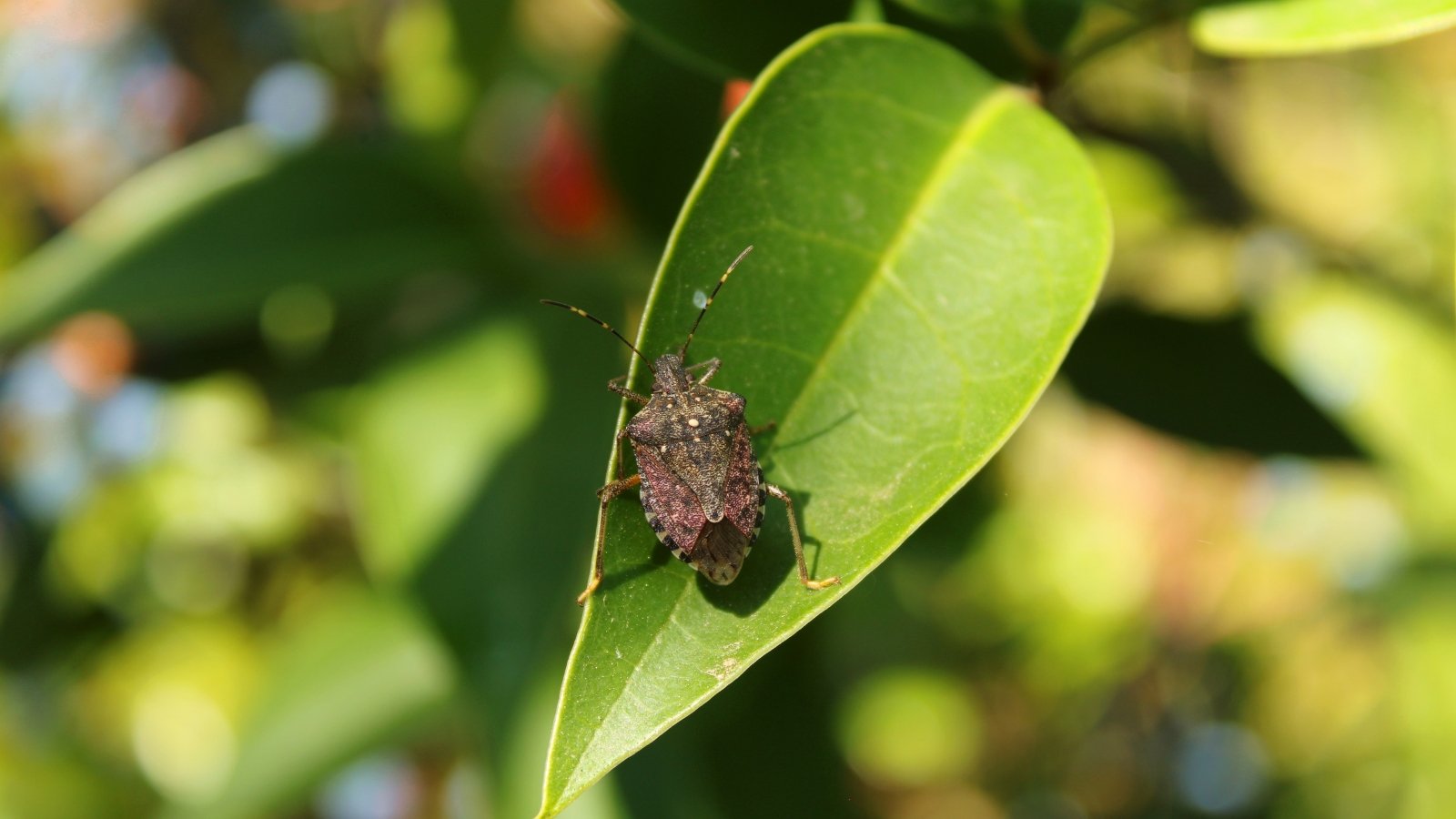

Some stink bugs are native to North America, whereas fully totally different pests equivalent to the brown marmorated stink bug are invasive species from worldwide continents. Some overwinter in nooks and crannies in attics, basements, and crawlspaces all by the use of U.S. properties. They emerge from late spring by the use of summer season season, laying eggs and consuming leaves, fruits, and flowers.
Get down and soiled alongside alongside along with your beans to take away these pests. They require some handbook selecting to take away, however you’ll have assist from native birds that feast on these juicy bugs. Marmorated stink bugs change from plant to plant, so that you just’ll wish to in the reduction of their populations ahead of they unfold all by the use of your yard.
All stink bugs have shield-shaped our our our bodies with two antennae protruding of their lance-shaped heads. Some are slender, equivalent to the leaffooted stink bugs, whereas others equivalent to the brown marmorated stink bug are giant and rectangular. They kind clusters, so it’s potential you’ll uncover plenty of in your bean pods and leaves.
Stop stink bug infestations by selling biodiversity all by the use of your yard. The extra wildflowers, timber, and shrubs you develop, the extra areas exist for birds, mammals, and bugs to stay. Birds love consuming stink bugs, and so they additionally’ll take away adults out of your beans as they see them. Keep away from spraying artificial pesticides on them to keep away from harming hungry songbirds. A plant protector, like a shade materials or frost materials is an environment friendly deterrent however blocks fowl entry to the bugs.
If infestations develop uncontrolled, some easy handbook strategies take away them shortly. Seize a bucket and fill it with cleaning cleansing cleaning soap and water. Then, scour over your crops in search of grownup stink bugs and their inexperienced, spherical eggs. Smush the eggs; they’ll be on leaf undersides, stems, and forming pods. Take grownup stink bugs and throw them all through the soapy water. With day by day pickings, the pests will disappear inside one to 2 weeks.
Cowpea Curculio
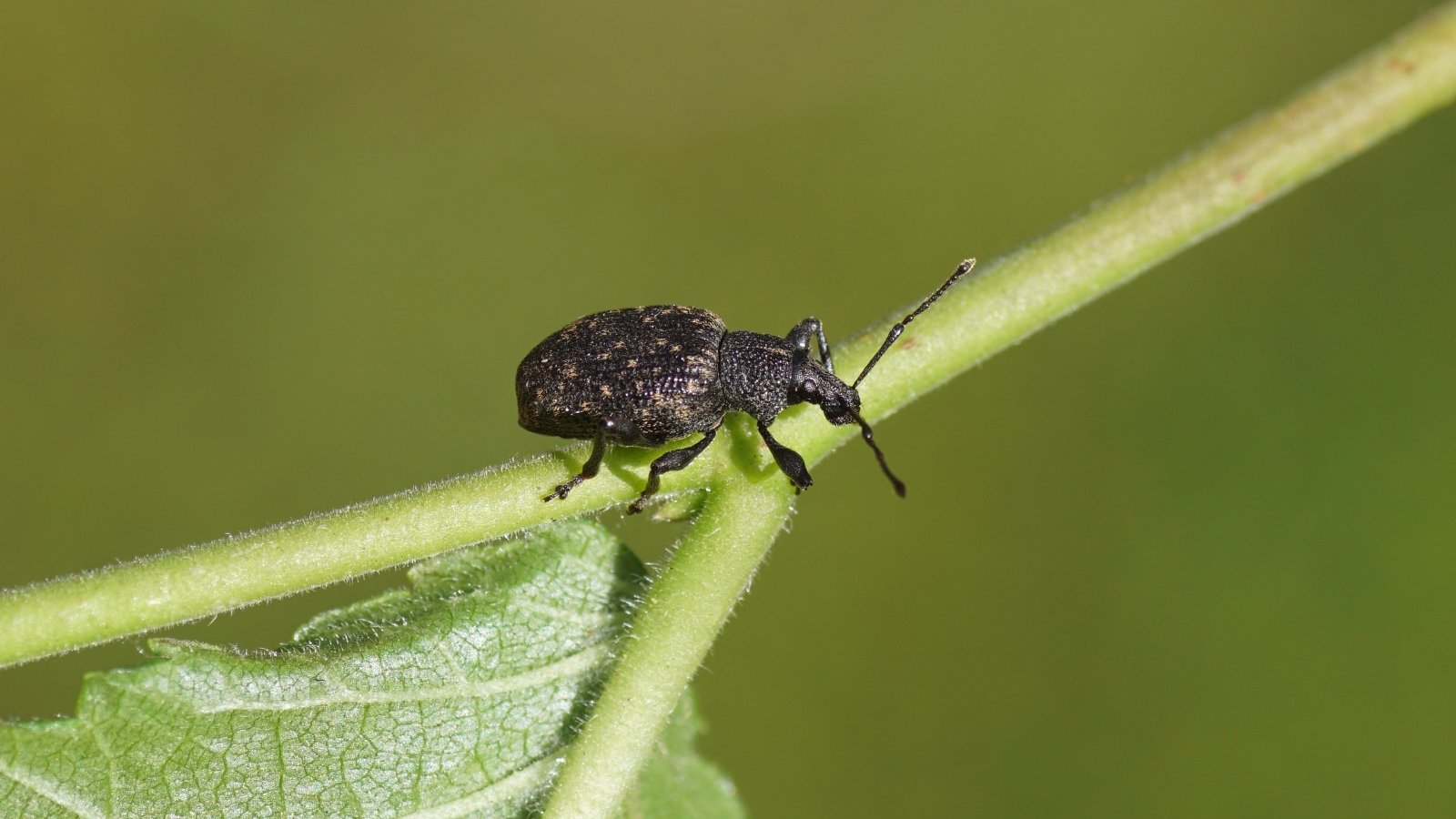

A traditional pest of the southern U.S., cowpea curculio bugs assault beans, peas, strawberries, and fully totally different crops. They depart eggs on the insides of bean pods, which then hatch into small grubs. The worm-like grubs eat the maturing peas or beans ahead of exiting into the soil. They pupate and hatch as grownup beetles, who repeat the tactic one different time.
Cowpea curculios threaten maturing harvests from midsummer by the use of fall. Stop adults from hatching eggs, and as well as you’ll shield your tender pods. Cope with infestations as you see them since mature beetles can overwinter in garbage piles, crop refuse, and fully totally different protected web pages.
Cowpea curculio beetles have dome-shaped our our our bodies with dimpled copper spots. Their grubs are tiny, white worms with two jaws on their entrance finish. You’ll uncover beetles on leaves, stems, and pods, whereas larvae hold largely inside mild bean and pea seeds. Their eggs are translucent after adults lay them. They mature to a whitish shade ahead of hatching.
Banish cowpea curculios with tidy gardening practices, and by inviting wild birds or chickens to the rising web site on-line. Birds eat beetles as they seem, stopping them from laying eggs inside your tender bean pods. At season’s finish, take away all bean plant residue and throw it in a scorching compost pile to destroy any overwintering adults. Rotate legume crops to confirm decrease populations subsequent season.
Cowpea curculios wish to play lifeless, dropping under the stalks everytime you disturb them. Put a bucket or cardboard topic under your beans, then shake them so the beetles fall under. As shortly as they’re all through the topic, throw them in a bucket of soapy water to kill them. Take away any pods with noticeable injury to stop the larvae from hatching into the soil.
Key Takeaways
- Biodiversity, compost, and native animal populations stop pests from establishing themselves. Use additional fairly a couple of plant species in your yard, and add compost yearly to bolster crop defenses.
- Pests are meals for insect predators—watch out for artificial pesticides that will injury fully totally different animals additional alongside the meals chain.
- Plant pest-resistant varieties in early spring or fall to keep away from most pests’ energetic life cycles.
- In case you could use a chemical spray, use an pure one like neem oil or insecticidal cleaning cleansing cleaning soap. They aren’t as dangerous as artificial pesticides.
[ad_2]
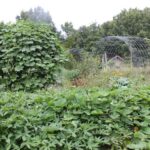


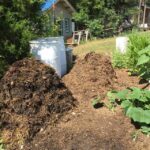


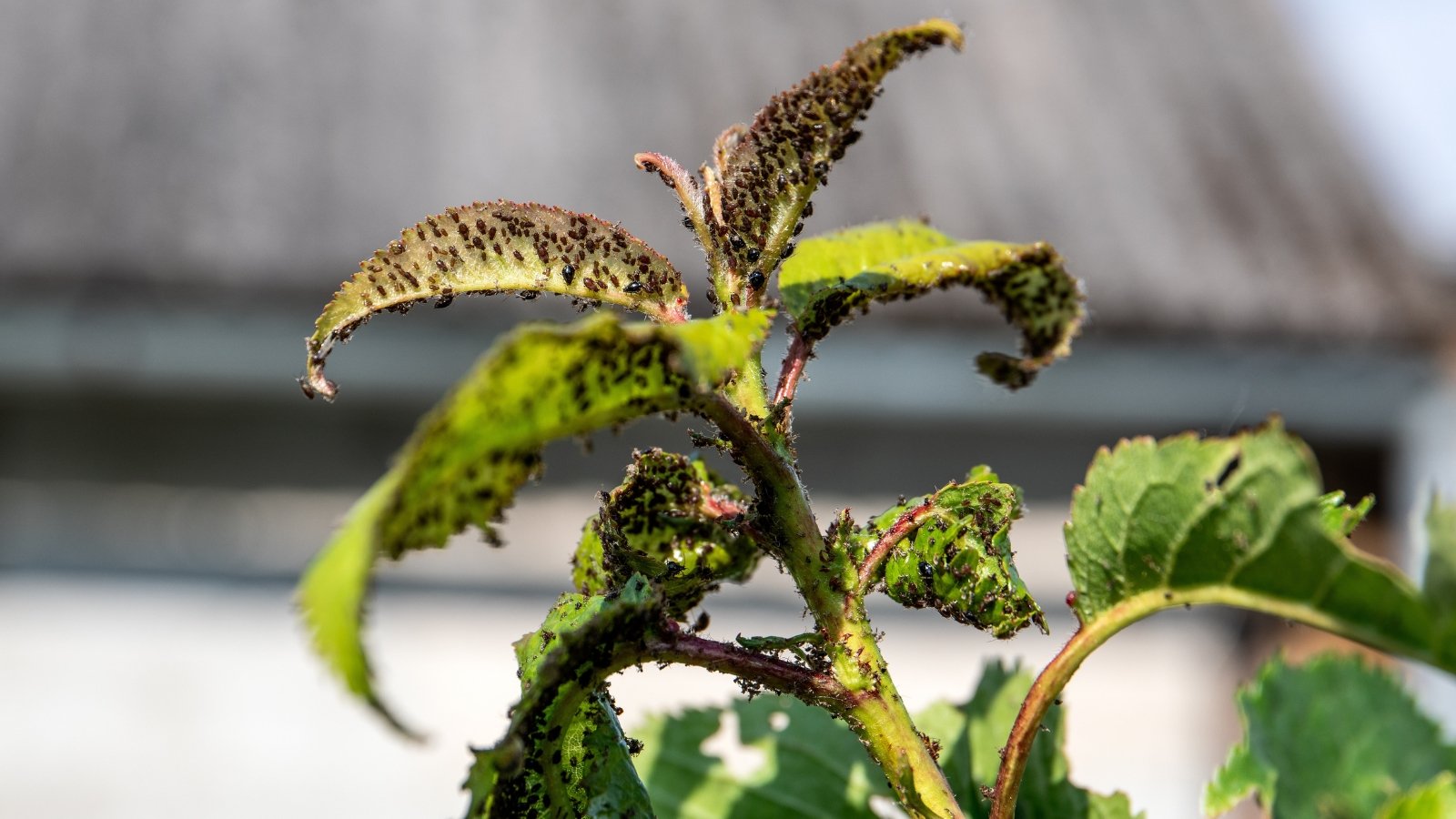
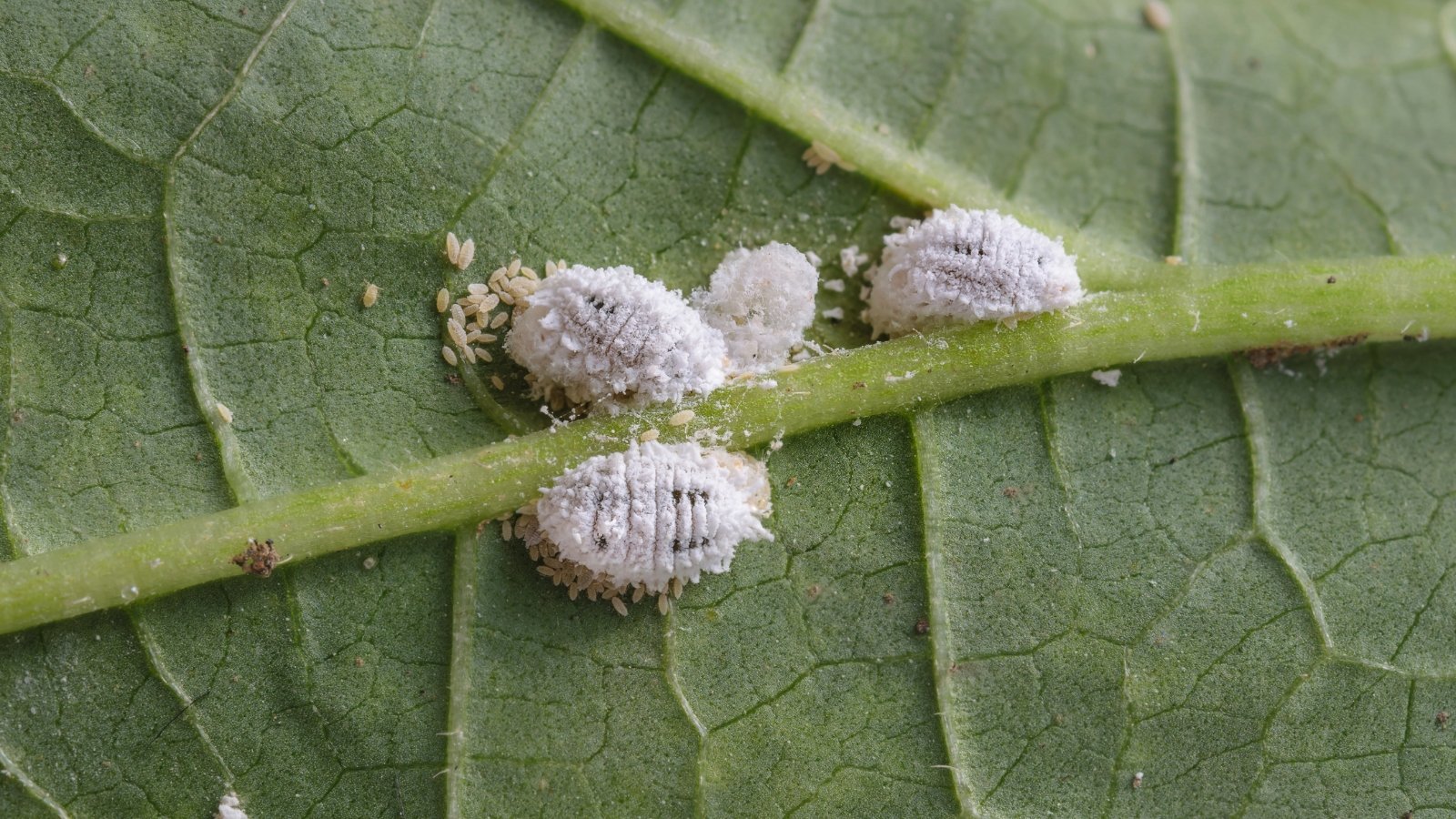
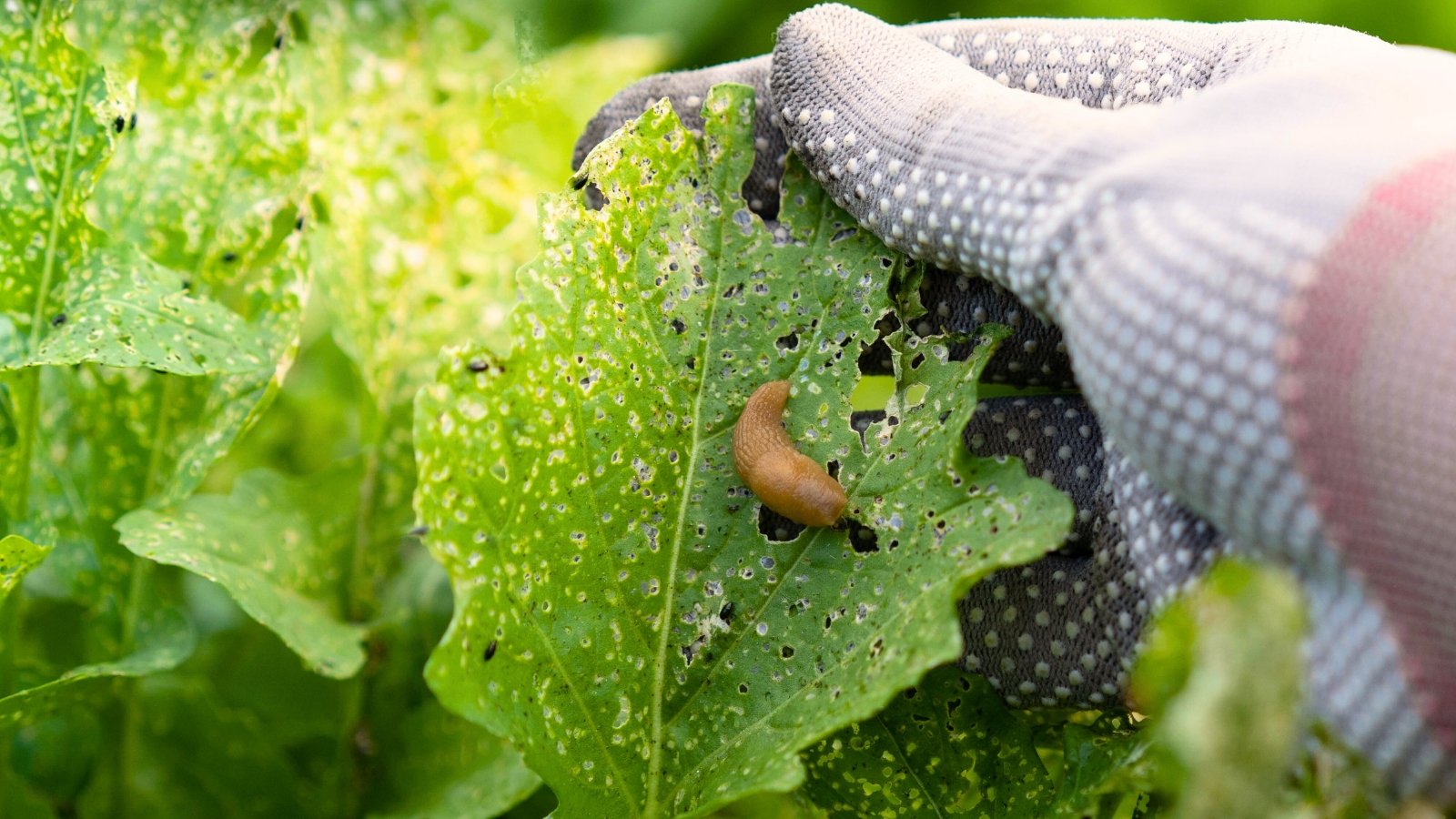
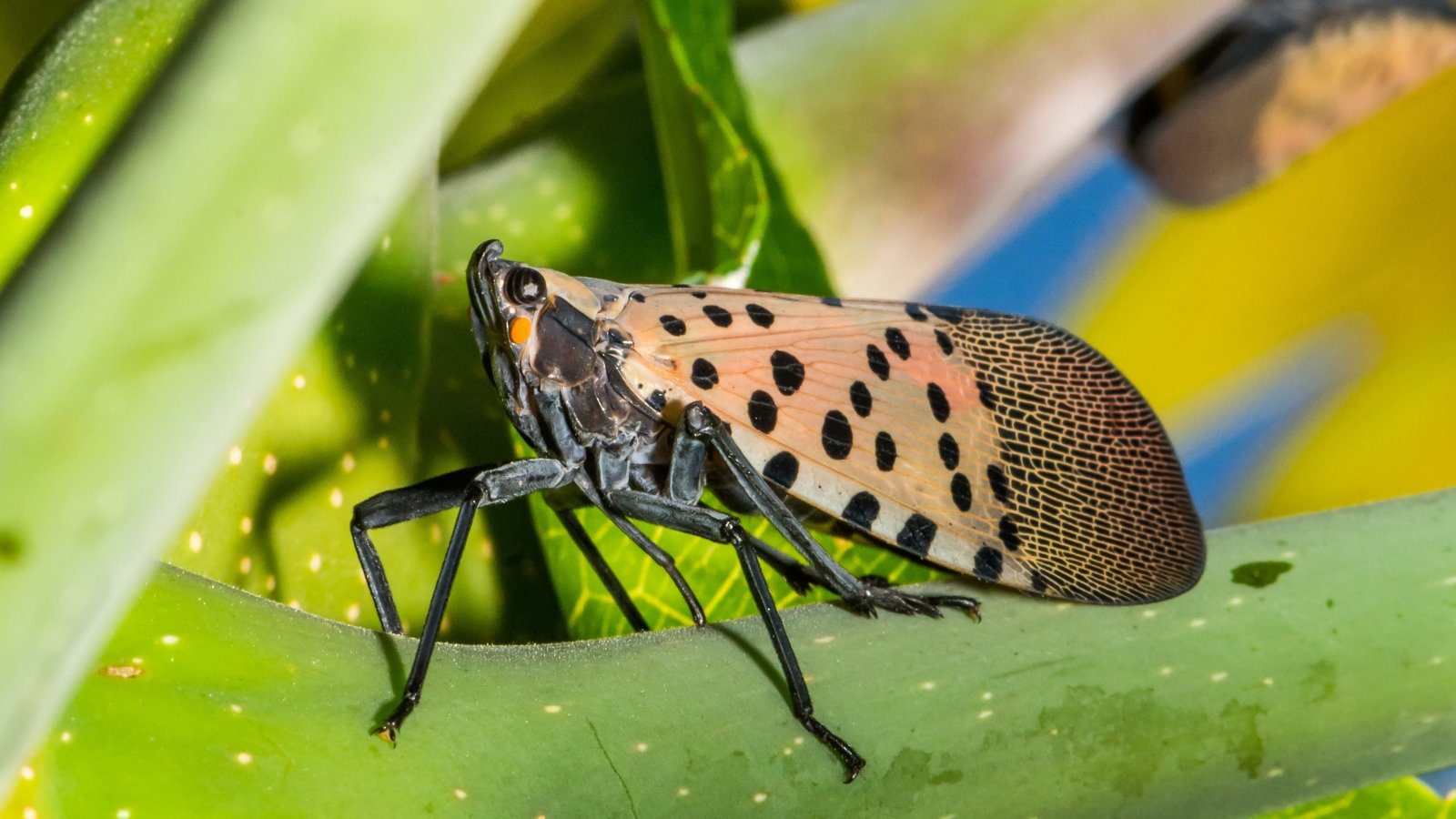
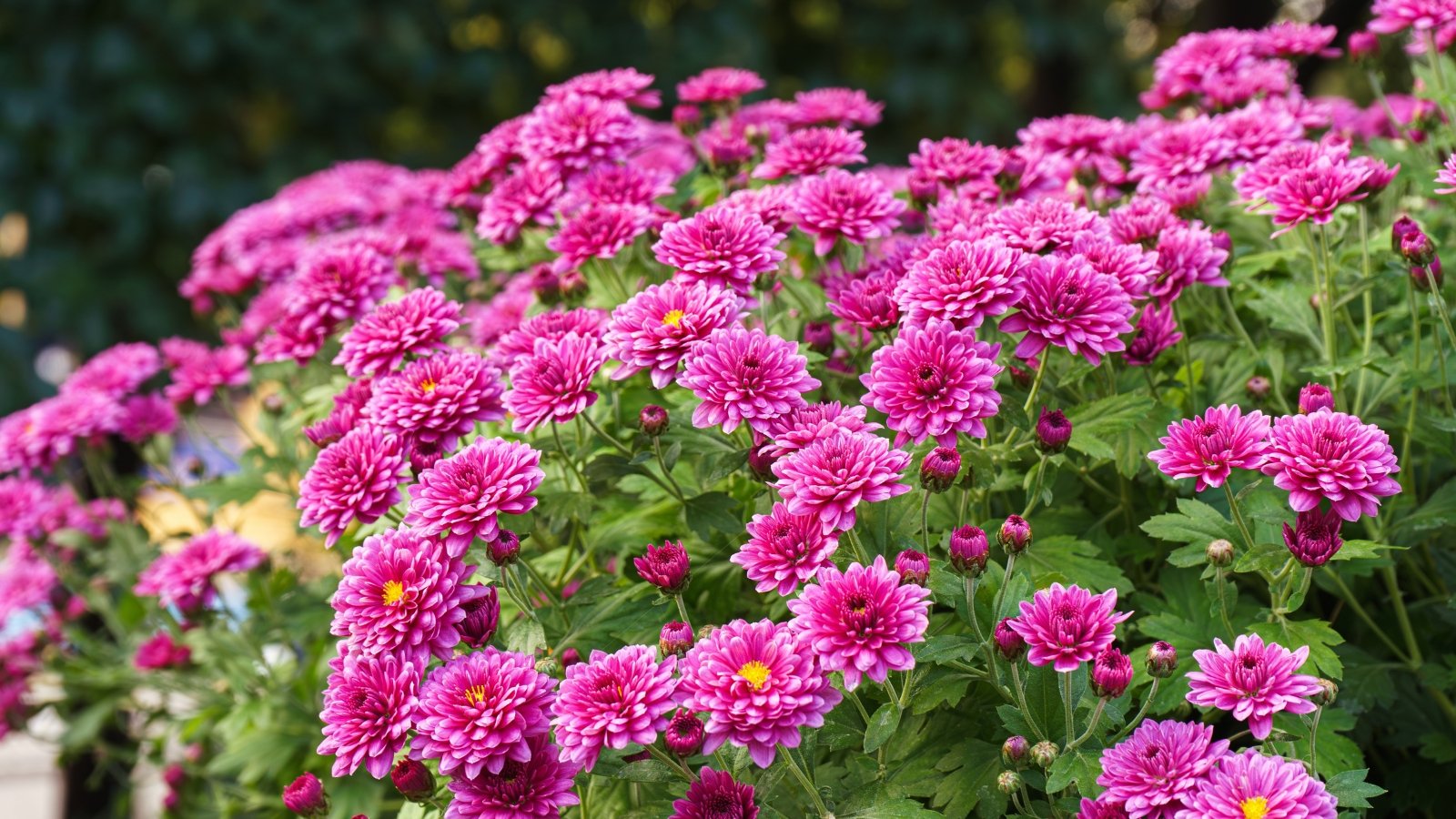
This article effectively outlines the importance of biodiversity in pest management. Understanding the life cycles of these pests can help gardeners make informed decisions about when to implement preventive measures for their crops.
It’s great to read about natural ways to combat pests without relying heavily on chemicals. The variety of prevention methods highlighted can really help both novice and experienced gardeners maintain healthy crops throughout the season.
The insights on different pests and their management strategies are quite informative. I found the section on using compost and diverse plant species particularly interesting as a way to enhance crop resilience in gardens.
The article presents useful information about managing pests in bean gardens. I appreciate the emphasis on biodiversity and organic methods for pest control. It’s nice to see practical solutions that promote a healthier gardening ecosystem.
I appreciate how this piece encourages maintaining a balanced ecosystem in our gardens. By attracting beneficial insects, we can naturally manage pests while promoting overall garden health, which is a win-win for any gardener.